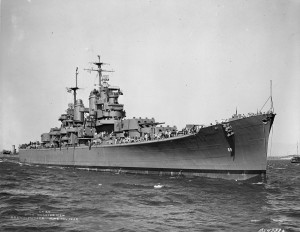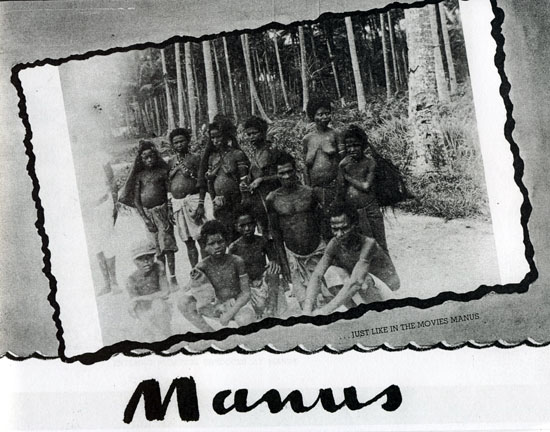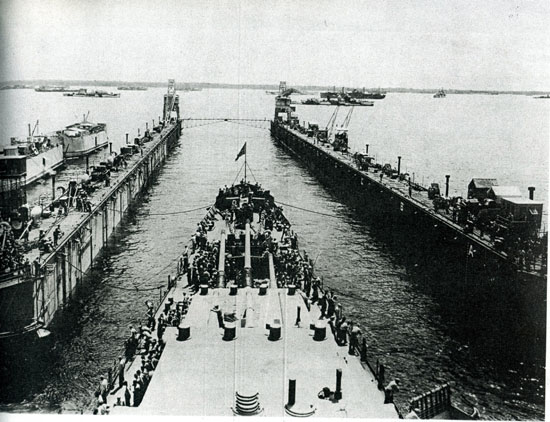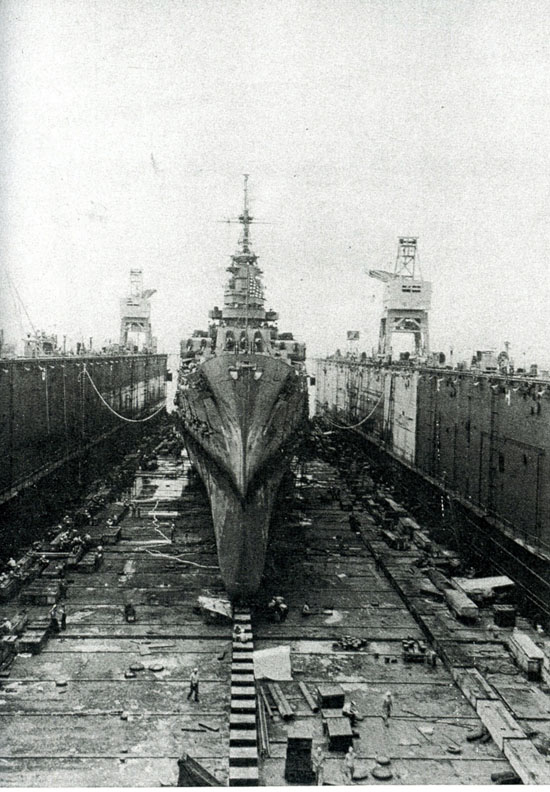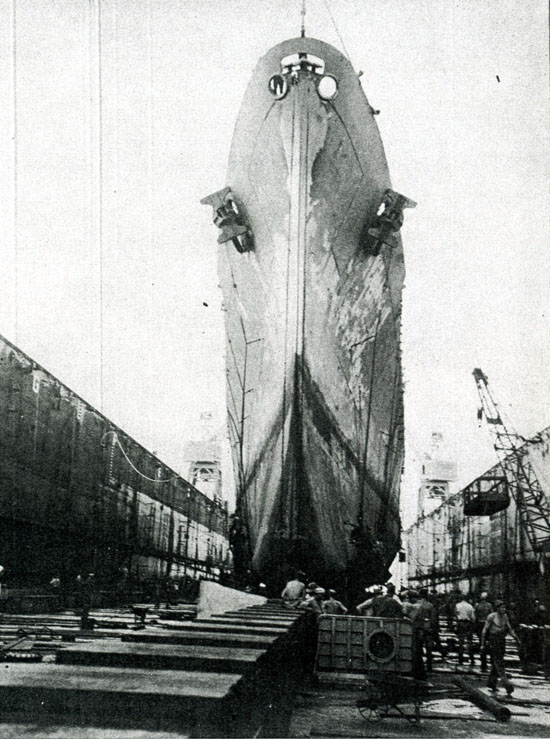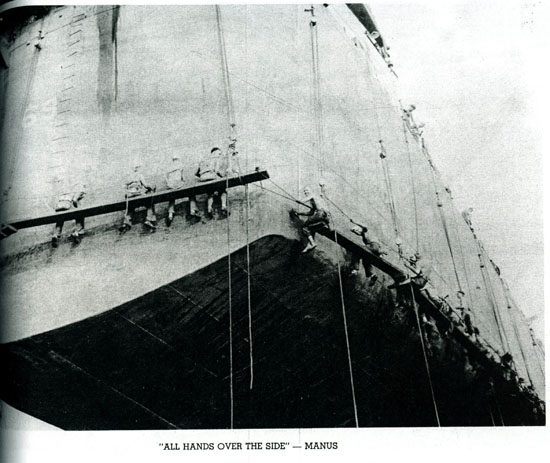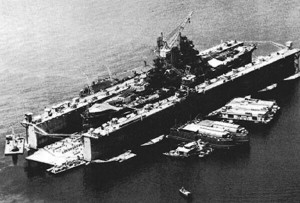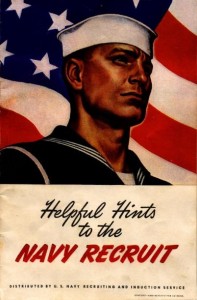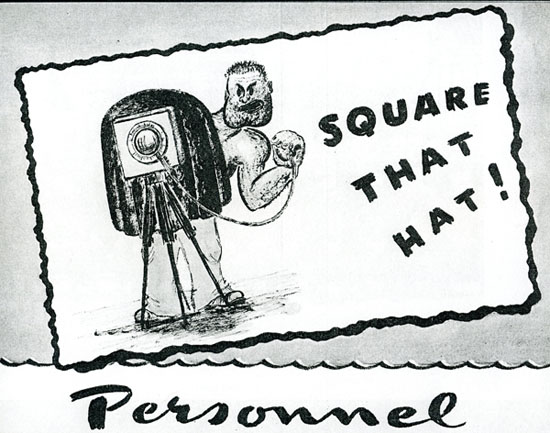We’ve added some new pictures into a link called ‘Official Photo’s of CA-69’. I purchased these photos from the National Archives and modified them to fit on the website. I’m trying to incorporate their national archive name as the link so anyone could order the picture from the National Archives if they want to.
I’m considering eliminating the bulletin board section of the web site in the next month or so, the ‘Chat about the Boston’ on the link section. I’m getting three to four request from spammers to join a day (really? three crew members from russia want to join? a day? Humm.) These spammers are really persistent, one of them has attempted to use a different form of the same email address over 100 times (he or she comes from russia, turkey, Luthuania, China, and at least two places in the US!) I’ll close down the experiment of a bulletin board in about a month if it isn’t working.
If you want to comment on one of these blogs, feel free to use the comment section and enter a comment. Just click your mouse on the ‘No Comments’ title below the heading of the blog and you’ll be asked the enter a verification to make sure that you’re an actual human being, and not computer generated spam. 🙂
-Bill

